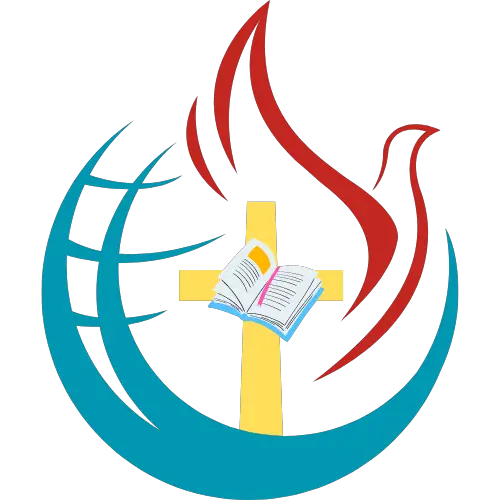In recent weeks, the release of thousands of documents related to the assassination of President John F. Kennedy has stirred the pot of historical inquiry and conspiracy theories alike. This treasure trove of information, released by the U.S. National Archives, has provided us with new insights into the tumultuous Cold War era, particularly regarding covert operations in Cuba. However, the question still lingers: Did Lee Harvey Oswald act alone in the tragic events of November 22, 1963?
The newly released files, totaling around 2,200, have not significantly shifted the narrative surrounding the assassination. Most notably, they do not appear to contradict the findings of the Warren Commission, which concluded that Oswald was the lone gunman responsible for JFK’s death in Dallas, Texas. This conclusion has been the subject of much debate, with numerous conspiracy theories suggesting a broader conspiracy involving various groups and individuals. Yet, as the latest documents reveal, the evidence supporting Oswald’s solitary role remains intact.
Among the newly unveiled materials are insights into the U.S. government’s covert activities during the Cold War, particularly in Cuba. For those interested in the historical context, the National Archives offers a comprehensive collection of documents and records related to the assassination. This extensive repository includes over 6 million pages of records, photographs, motion pictures, and sound recordings, some of which have been made public in prior releases.
While the new files provide a wealth of information, they do not offer substantial new evidence that would support long-standing conspiracy theories. Instead, they reinforce the narrative that Oswald acted alone, a conclusion that many historians and scholars have upheld for decades. It’s a classic case of “the more things change, the more they stay the same.”
So, what can we take away from this latest release? Here are four key points to ponder:
Historical Context: The documents shed light on the geopolitical climate of the early 1960s, illustrating the tensions between the U.S. and Cuba. This backdrop is crucial for understanding the motivations behind various actions taken by the U.S. government during this period.
Oswald’s Isolation: The files continue to support the narrative that Oswald was a lone wolf, acting independently in his actions. This has implications for how we understand not just the assassination, but also the nature of political violence.
Conspiracy Theories Persist: Despite the lack of new evidence supporting them, conspiracy theories surrounding JFK’s assassination remain popular. This phenomenon speaks to a broader cultural fascination with the idea that significant historical events are often the result of hidden plots.
The Importance of Documentation: The release of these documents underscores the importance of transparency and documentation in understanding history. The more we know, the better equipped we are to engage in informed discussions about the past.
As we reflect on these revelations, it’s essential to approach them with a discerning mind and a sense of humor. After all, history can be as convoluted as a good mystery novel, filled with twists, turns, and unexpected characters. The story of JFK’s assassination is no exception, and as we sift through the evidence, we’re reminded that sometimes, the simplest explanations are the most likely to be true.
For those eager to stay updated on this ongoing story and other significant events in the world of faith and politics, subscribing to trusted news outlets like The Christian Post can provide valuable insights and analysis. As we continue to explore the intersections of history, faith, and politics, let us remain vigilant, curious, and open to the truths that emerge from the shadows of the past.
